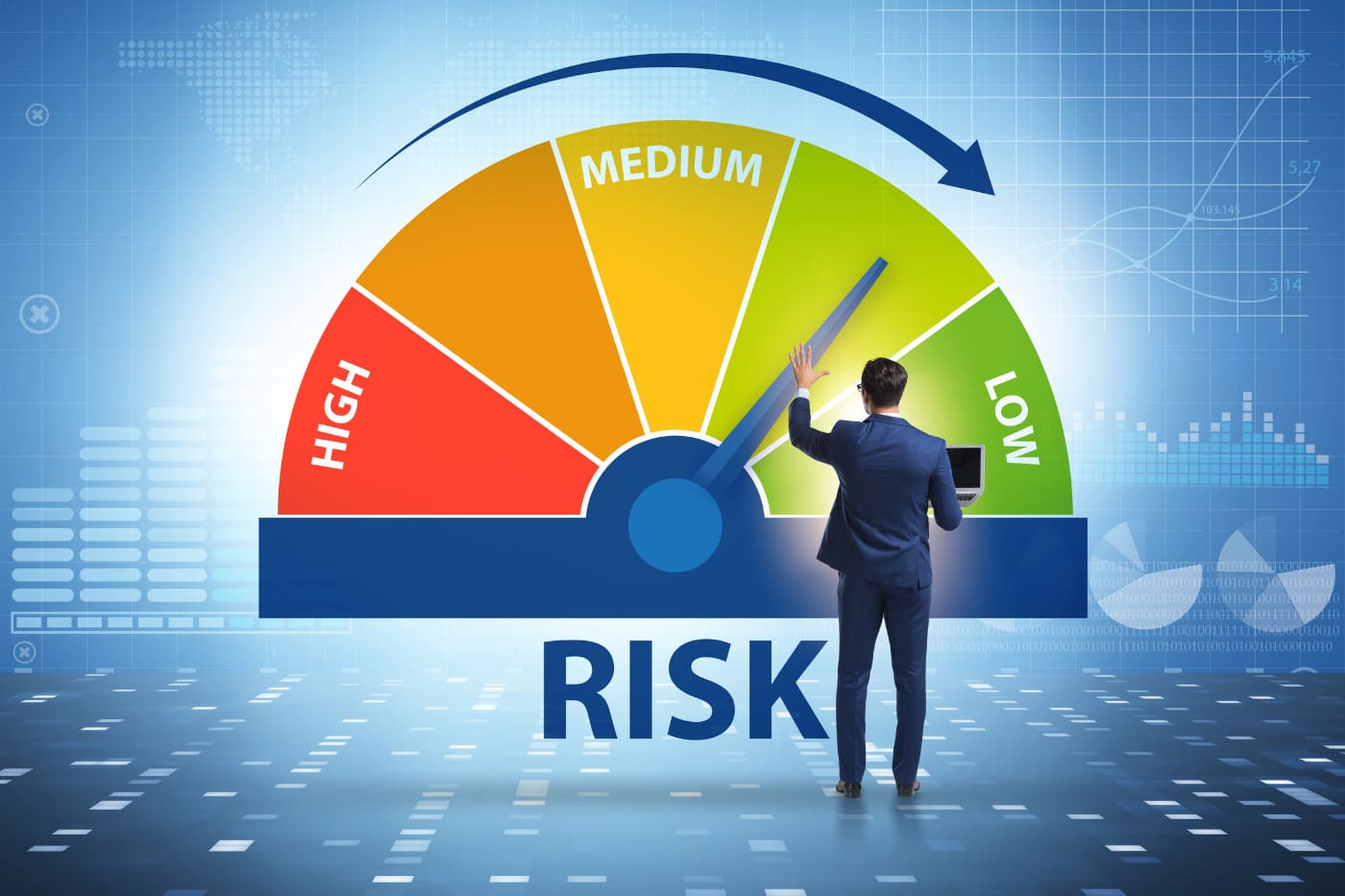Sustainable Farming Techniques Insurance is increasingly becoming a priority worldwide as we grapple with the challenges of climate change, resource depletion, and food security. Among the many factors influencing the sustainability of agriculture, farming techniques play a crucial role. Farmers are constantly seeking innovative methods to enhance productivity while minimizing environmental impact. However, uncertainties such as unpredictable weather patterns, pest outbreaks, and market fluctuations pose significant risks to agricultural operations.
In this article, we delve into the intersection of sustainable farming techniques and insurance. We explore how insurance mechanisms can support farmers in adopting and maintaining sustainable practices while mitigating risks. By analyzing various types of insurance products and their impact on sustainable agriculture, we aim to highlight the importance of integrating insurance into the broader framework of sustainable farming.
The Importance of Sustainable Farming Techniques
Sustainable farming techniques encompass a range of practices aimed at preserving natural resources, promoting biodiversity, and ensuring the long-term viability of agricultural systems. These techniques prioritize environmental stewardship, social equity, and economic viability. Some key principles of sustainable farming include:
- Conservation Agriculture: Conservation agriculture focuses on minimizing soil disturbance, maintaining soil cover, and practicing crop rotation to improve soil health and water retention.
- Agroforestry: Agroforestry involves integrating trees and shrubs into agricultural landscapes to provide shade, improve soil fertility, and diversify income streams.
- Organic Farming: Organic farming eschews synthetic inputs such as pesticides and fertilizers, relying instead on natural methods to enhance soil fertility and control pests and diseases.
- Precision Agriculture: Precision agriculture utilizes technology such as GPS, sensors, and drones to optimize inputs like water, fertilizer, and pesticides, reducing waste and increasing efficiency.
- Integrated Pest Management (IPM): IPM combines biological, cultural, and chemical control methods to manage pests and diseases while minimizing adverse effects on human health and the environment.
These and other sustainable farming techniques offer numerous benefits, including increased resilience to climate change, improved biodiversity, enhanced soil health, and higher yields over the long term. However, adopting and implementing these practices requires significant investment, knowledge, and risk management strategies.
The Role of Insurance in Sustainable Agriculture
Insurance plays a critical role in mitigating the risks associated with agriculture, including those related to climate, pests, diseases, and market volatility. By providing financial protection against unforeseen losses, insurance enables farmers to invest in sustainable practices with greater confidence. Moreover, insurance can incentivize the adoption of sustainable farming techniques by offering preferential rates or coverage for practices that reduce risk and enhance resilience.
Types of Insurance Products for Sustainable Agriculture
Several insurance products are specifically designed to support sustainable agriculture and encourage the adoption of environmentally friendly practices. These include:
- Weather Index Insurance: Weather index insurance compensates farmers based on predefined weather parameters, such as rainfall, temperature, or growing degree days. This type of insurance is particularly suitable for mitigating risks associated with droughts, floods, and other extreme weather events, allowing farmers to protect their investments in sustainable farming techniques.
- Yield Protection Insurance: Yield protection insurance compensates farmers for losses in crop yield caused by various perils, including weather-related events, pests, diseases, and market fluctuations. By safeguarding against production risks, yield protection insurance enables farmers to adopt sustainable practices that may carry higher initial costs or risks.
- Revenue Assurance Insurance: Revenue assurance insurance guarantees a minimum level of revenue or income for farmers, regardless of fluctuations in crop prices or yields. This type of insurance provides stability and predictability, allowing farmers to invest in long-term sustainable farming techniques without fear of financial instability.
- Parametric Insurance: Parametric insurance pays out predetermined amounts based on objective, measurable parameters, such as rainfall levels, temperature thresholds, or crop yields. By simplifying claims processing and reducing administrative costs, parametric insurance can provide timely and efficient support to farmers affected by adverse events, thereby promoting the adoption of sustainable practices.
- Livestock Insurance: Livestock insurance covers losses of livestock due to various perils, including disease outbreaks, accidents, and natural disasters. By protecting livestock assets, this type of insurance enables farmers to sustainably manage grazing lands, promote animal welfare, and diversify their income sources.
Benefits of Insurance for Sustainable Farming Techniques
Integrating insurance into sustainable agriculture offers several benefits for farmers, agricultural communities, and the environment:
- Risk Mitigation: Insurance provides financial protection against unforeseen losses, allowing farmers to invest in sustainable farming techniques with greater confidence and resilience.
- Incentivizing Adoption: Insurance can incentivize the adoption of sustainable practices by offering preferential rates or coverage for environmentally friendly farming techniques.
- Improving Resilience: By safeguarding against production risks, insurance enhances the resilience of agricultural systems to climate change, pests, diseases, and market volatility.
- Promoting Innovation: Insurance mechanisms encourage innovation in sustainable agriculture by providing a safety net for experimentation and adoption of new technologies and practices.
- Supporting Livelihoods: Insurance helps safeguard the livelihoods of farmers and rural communities, contributing to poverty alleviation, food security, and economic development.
Challenges and Limitations in Sustainable Farming Techniques Insurance
Despite its potential benefits, insurance for sustainable agriculture faces several challenges and limitations:
- Affordability: Insurance premiums may be prohibitively expensive for smallholder farmers, particularly in developing countries with limited financial resources and infrastructure.
- Data Availability: Insurance products rely on accurate and reliable data for risk assessment, pricing, and claims processing. However, data availability and quality can be limited in many agricultural regions, especially in low-income countries.
- Moral Hazard: The availability of insurance coverage may lead to moral hazard behavior, wherein farmers take excessive risks or neglect risk mitigation measures, assuming that insurance will compensate for any losses.
- Basis Risk: Index-based insurance products, such as weather index insurance, may suffer from basis risk, wherein the index does not accurately reflect the farmer’s actual losses, leading to disputes and dissatisfaction.
- Long-Term Sustainability: Insurance should complement, rather than substitute for, investments in sustainable farming practices and resilience-building measures. Overreliance on insurance may undermine efforts to address underlying vulnerabilities and promote sustainable development.
Conclusion on Sustainable Farming Techniques Insurance
Insurance plays a vital role in supporting sustainable agriculture by mitigating risks, incentivizing the adoption of environmentally friendly practices, and promoting resilience and innovation. By integrating insurance into the broader framework of sustainable farming, policymakers, insurers, and agricultural stakeholders can enhance food security, environmental sustainability, and economic development. However, addressing the challenges and limitations of insurance for sustainable agriculture requires concerted efforts to improve affordability, data availability, risk management strategies, and long-term sustainability. With the right policies, partnerships, and innovations, insurance can become a powerful tool for ensuring the future viability and resilience of agriculture in a changing climate and world.






